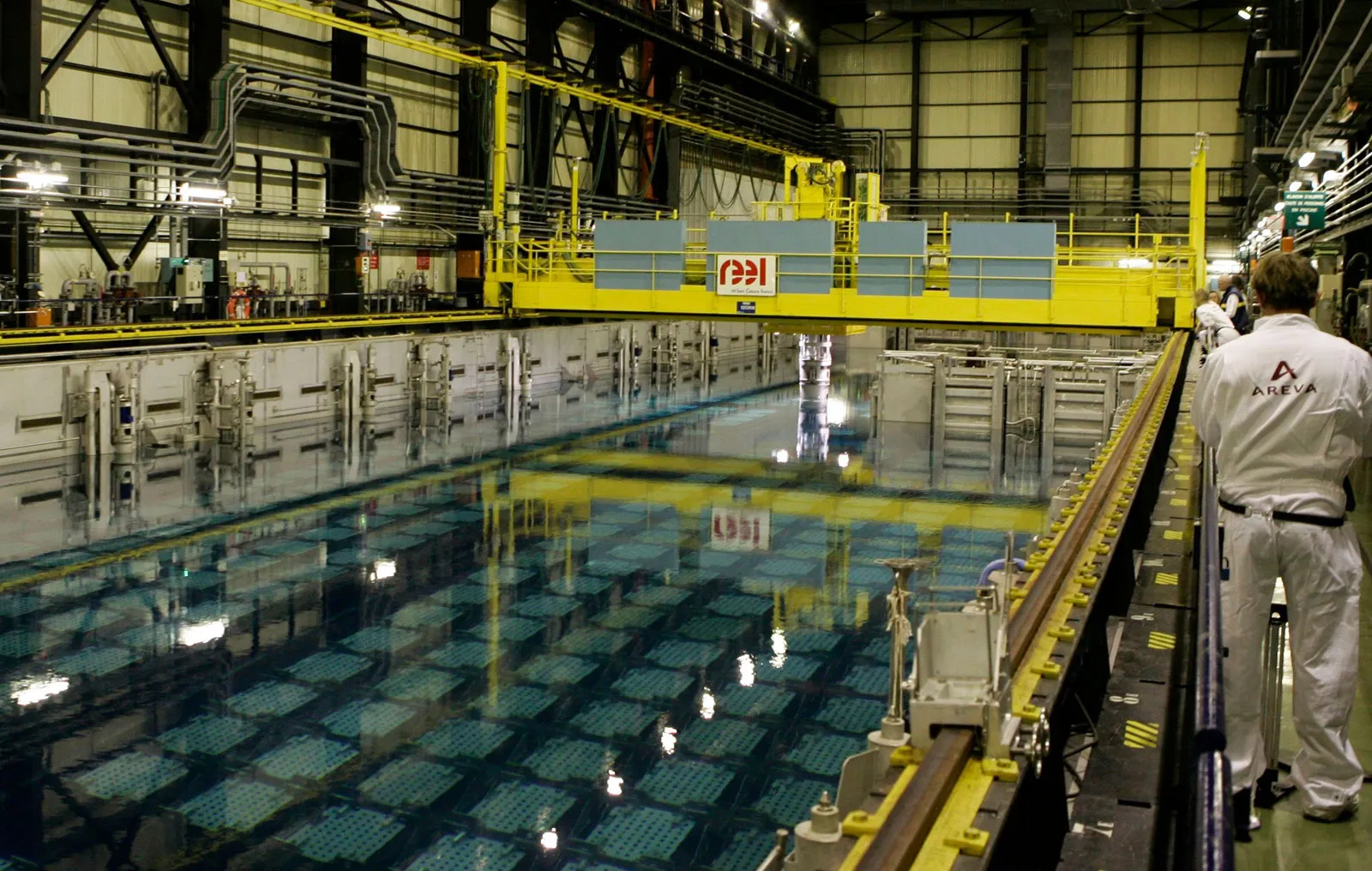Australia is forging ahead in the global green energy race, with the recent Federal Budget signalling a significant investment in renewable energy and, notably, green hydrogen technology.
The government’s financial plan for the coming year, unveiled last week, outlined a $2 billion increase in funding for green energy initiatives, highlighting the nation’s commitment to reducing its carbon footprint and contributing to global climate goals.
Australian Treasurer Jim Chalmers told Parliamentarians in Canberra the Federal government also plans to invest an additional $4 billion in Australia’s renewable energy sector over the next year.
The funding is likely to benefit iron ore billionaire Andrew Forrest’s Fortescue Future Industries spinoff.
Another Western Australian-based oil and gas compmay company, Woodside Energy, is also likely to benefit.
On LinkedIn this week, FFI (part of iron ore miner Fortescue Industries) unveiled plans for a green hydrogen electrolyzer manufacturing facility in Gladstone, Queensland.
The Australian Labor government is investing in developing this promising technology, a move that is set to bolster Australia’s green energy industry and create numerous jobs.
Green hydrogen is produced by using renewable energy to power the electrolysis of water, separating it into hydrogen and oxygen. This process differs significantly from grey or blue hydrogen, which are produced using fossil fuels and emit carbon dioxide. By choosing to invest in green hydrogen, Australia is banking on one of the most environmentally friendly energy sources available.
The Federal Budget’s focus on green hydrogen aligns with the country’s broader goal of transitioning to a low-carbon economy.
In addition to its environmental benefits, the government’s investment in green hydrogen has significant economic implications. The technology is expected to create a wealth of job opportunities, particularly in rural and regional areas, where much of the hydrogen production infrastructure will likely be based.
Critics, however, argue that the transition to green energy needs to be more aggressive. They point out that while the funding is a positive step, it is still a fraction of what is spent on supporting the fossil fuel industry. These critics call for further commitment from the government in future budgets.
Overall, the Federal Budget signals a positive, albeit cautious, step towards Australia’s renewable energy future. It remains to be seen how these investments will shape the country’s green energy landscape and whether the promise of green hydrogen will live up to the hype.
In the coming years, as the world collectively moves towards cleaner energy sources, it’s clear that Australia’s green energy sector will play a pivotal role in the country’s economic and environmental trajectory.






